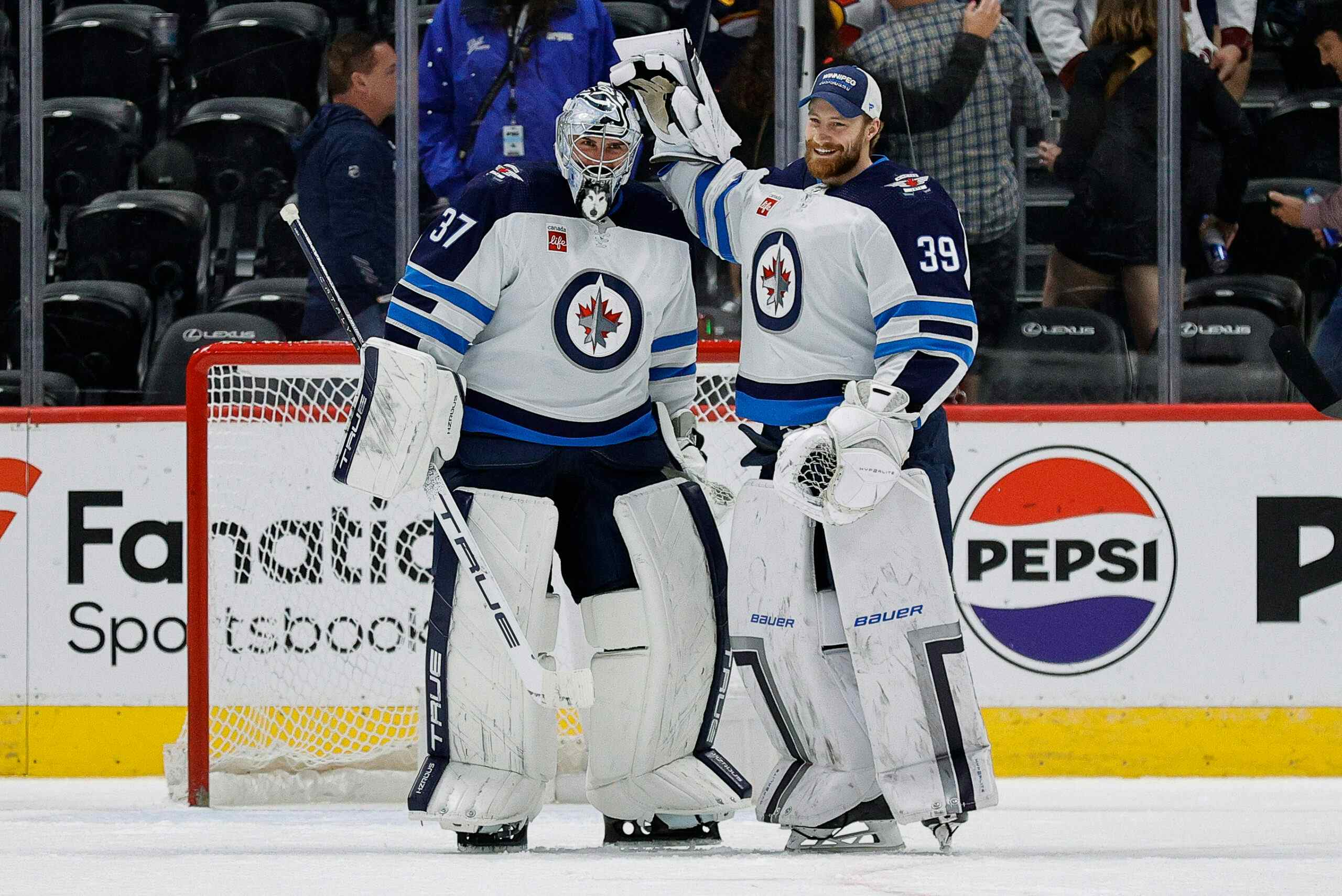Winnipeg Jets By The Numbers: T.J. Galiardi 2014-2015
By Garret Hohl
8 years agoThe season has been laid to rest.
Fans have completed their lamenting of the Anaheim Ducks sweeping the Winnipeg Jets. The healing process has begun.
But, before full closure can be completed, an autopsy of the Jets season must be initiated.
We turn our evidence-based breakdown of the Jets 13th forward, T.J. Galiardi.
The Basics

Numbers include all situations including non 5v5 TOI.
To say Galiardi didn’t produce would be an understatement.
Now some of it is unfortunate circumstance. When you are dealing with a player with low ice time per game and low number of games played, the littlest of changes can add up significantly one way or the other.
Galiardi generally shoots at about 9 percent, his linemates generally shoot at around seven percent, and he normally picks up an assist on about one third of goals scored while he’s on the ice. This year those numbers were three percent, four percent, and flat zero percent. Just normalizing those percentages boosts his offensive production up to six points, with three of each.
Still, this would place Galiardi at a twelve point pace over 82 games, a far cry from his career thirty point pace. Galiardi produced way less shot volume than ever before in his career, while his linemates also shot less than any point in their career.
Combine the lowest percentages, shot volume, and ice time in a player’s career, and you got a 0.37 point per game player pacing at 0.16.
Usage

Graph courtesy of WAR-on-Ice.

Rankings are out of the Jets 17 forwards with 50+ 5v5 minutes, except special team minutes are each out of 11 Jet forwards.
Galiardi was deployed often in the defensive zone with Jim Slater. He was used a lot on the penalty kill, again with Jim Slater, despite not performing well, which could be in part his partner’s fault.
Another interesting with Galiardi is the topic of the coach’s trust. Galiardi sat in the pressbox for a good chunk of the season, with many saying the coach could not trust him. Yet, when he did play, the coach gave him more minutes per game than many forwards who were mainstays on the roster. While some would cite roles for this, I would reply asking what role is more important than outscoring the opposition.
Underlying Numbers

Overall the Jets were out shot with Galiardi on ice around the average typical for a fourth line player. There were moments below and above but the final results were almost right on average.

Visual courtesy of Micah McCurdy.
Galiardi mostly played with Slater, although his linemates were pretty much a dog’s breakfast throughout the year. The graph makes it appear that Galiardi predominately out attempted opponents, except when dressed with Thorburn (usually also with Slater).
The difference between Galiardi’s shot differentials and goal differentials helps show some of the poor percentages he experienced throughout the season.

Galiardi’s results are not very good. For the most part he battles with Jim Slater for the worst results on the team. The least negative number is dCorsi, which suggests that –although Galiardi posted the worst shot attempt differential– Galiardi’s results are not as poor as Drew Stafford or Jim Slater when taking usage and linemates into account.
Final Thoughts
Normally Galiardi does play much better. Over his career he has scored 1.3 points per sixty minutes, carried a less negative -1.3 relative Corsi percentage and a far, far less negative -0.93 relative scoring chance percentage.
On average he does not perform like a dominant fourth line player, but usually should be out performing players like Chris Thorburn and Jim Slater by much larger extent.
Recent articles from Garret Hohl





